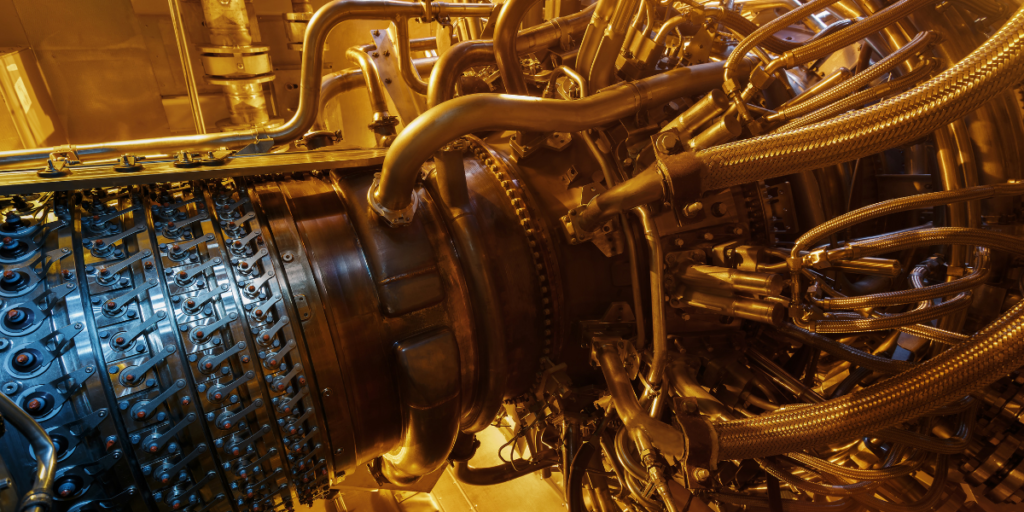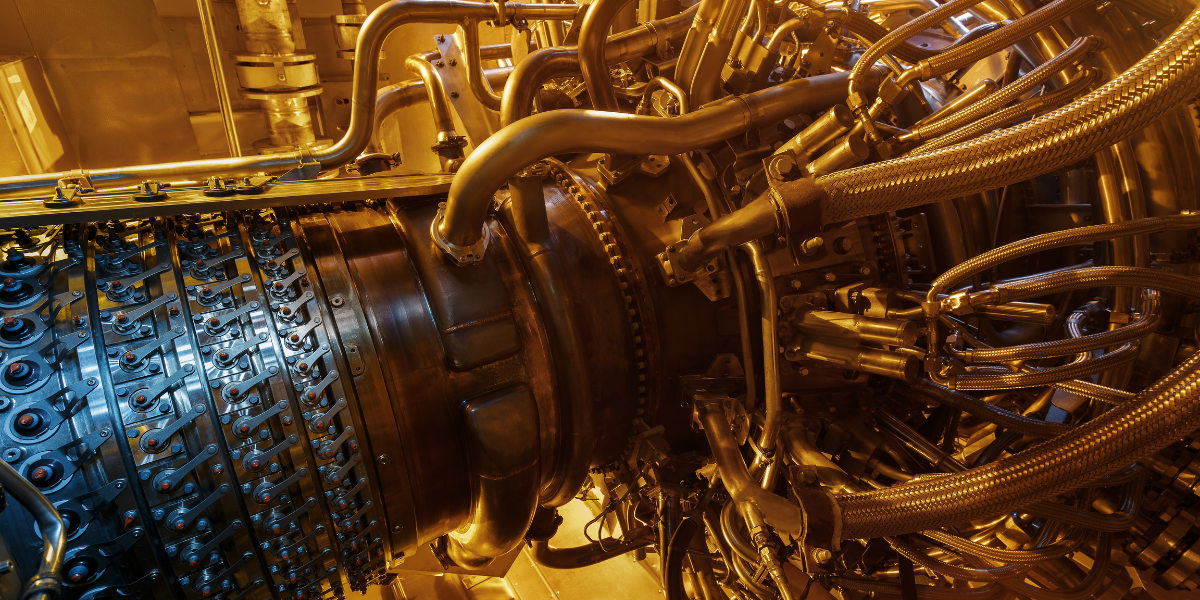Turbine engines, the backbone of modern aviation, rely on compressors to optimize performance and efficiency. Compressors in turbine engines increase air pressure before it reaches the combustion This results in the thrust needed for flight. Understanding Compressor Parts Optimize Performance in Turbine Engines and functions of a compressor is key to grasping, how turbine engines achieve their power and efficiency.
Types of Compressors in Turbine Engines
There are two main types of compressors used in turbine engines:
Axial Compressors:
These compressors are designed with a series of rotating blades that push air through multiple stages, increasing pressure with each stage. Known for their high efficiency, axial compressors are common in large commercial and military aircraft.
Centrifugal Compressors:
Centrifugal compressors use a different mechanism, where air is drawn into a spinning impeller and then flung outward by centrifugal force, raising its pressure. This type is often used in smaller engines and auxiliary power units due to its compact design.
Comparison of Axial and Centrifugal Compressors
Axial compressors are more efficient and produce higher compression ratios but are generally larger and more complex than centrifugal compressors. Centrifugal compressors, on the other hand, are simpler, easier to maintain, and well-suited for smaller engines.
Key Parts of a Turbine Engine Compressor
A turbine engine compressor is made up of several essential components, each playing a critical role in air compression:
- Inlet Guide Vanes: These vanes control the airflow entering the compressor and ensure it hits the rotor blades at the right angle, maximizing efficiency from the start.
- Rotor Blades: These blades, attached to the rotating shaft, draw in air and increase its pressure with each rotation. They are designed to withstand extreme speeds and high temperatures.
- Stator Blades: Positioned between rotor stages, stator blades straighten the airflow after it leaves each rotor, reducing turbulence and directing air to the next stage efficiently.
- Diffusers: Located at the end of the compressor, diffusers slow down the high-speed air, converting kinetic energy into additional pressure before it enters the combustion chamber.
Functions of Compressor Components
Compressor Parts Optimize Performance in Turbine Engines works together to create a sequence of actions that increase air pressure. The inlet guide vanes initiate the process by guiding airflow into the compressor. The rotor blades then accelerate the air, increasing its pressure as it moves through each stage.
In multi-stage compressors, rotor and stator blades work in tandem, with each stage further compressing the air. This process is vital for achieving the high-pressure levels needed for efficient combustion.
Stator blades help control airflow direction, keeping it smooth and aligned, which is critical for avoiding turbulence that could reduce efficiency.

How Compressor Parts Optimize Engine Performance
Compressor parts are crucial in enhancing a turbine engine’s overall performance. Here’s how they achieve this:
- By increasing air pressure, compressors create the ideal conditions for fuel combustion, ensuring a powerful and efficient burn that maximizes thrust.
- The higher the air pressure entering the combustion chamber, the more energy is released during combustion, resulting in greater thrust and power output.
- Compressors enable the engine to extract more energy from each fuel unit, making the engine more fuel-efficient. This is critical for long flights and cost-saving in commercial aviation.
Common Challenges and Maintenance for Compressor Parts
Maintaining compressors is essential to keep engines running optimally, as these parts face wear and tear over time. Key challenges include:
- Handling Wear and Tear: Rotor and stator blades experience erosion from high-speed airflow, requiring periodic inspection and replacement.
- Preventing Air Flow Obstructions: Dust and other particles can obstruct airflow, decreasing efficiency. Regular cleaning and maintenance prevent these issues.
- Regular Inspection and Replacement of Parts: Routine checks on inlet guide vanes, rotor blades, and diffusers ensure they function at peak performance, extending the engine’s lifespan.
Innovations in Compressor Technology
Advancements in technology continually improve compressor performance and durability:
- Advanced Materials for Durability: Modern compressors are built with heat-resistant alloys and ceramic materials that withstand high temperatures and reduce wear.
- New Designs for Efficiency Improvements: Blade designs are continuously refined to optimize airflow, reduce drag, and increase pressure without adding extra weight.
- Future Trends in Compressor Technology: Emerging technologies, such as 3D-printed components and more efficient blade shapes, hold promise for even greater performance and efficiency in future engines.
The Role of Gas Turbine Control Systems in Optimizing Performance
Gas turbine control systems are crucial for managing the operational efficiency and performance of turbine engines. These sophisticated systems ensure that all components, including compressor parts, work harmoniously to maximize output and minimize fuel consumption.
Modern gas turbine control systems utilize advanced sensors. The Algorithms to continuously monitor engine parameters such as temperature, pressure, and speed. The control system can make instantaneous adjustments to compressor blade angles and fuel flow. The optimizing the air-fuel mixture for peak performance under varying operational conditions.
A well-integrated control system helps to maintain optimal compressor performance by preventing stalls and surge conditions. By adjusting the compressor’s operational parameters, the control system ensures that the engine operates within its most efficient range, which is crucial for fuel economy and reducing emissions.
Gas turbine control systems also play a vital role in predictive maintenance. By analyzing performance data over time, these systems can identify trends and anomalies that may indicate wear or impending failure in compressor parts. This allows for timely maintenance interventions, reducing downtime and enhancing the overall reliability of the turbine engine.
IS200EGPAG1B, IS200TSVCH1AJE are some examples of GE gas turbine control system parts.
Conclusion
The compressor is a vital component that enables turbine engines to perform at their best. By understanding how each part contributes to the process, we gain insight into the technology behind efficient and powerful flight. Through continued innovation and regular maintenance, compressors will keep turbine engines running efficiently and help push the boundaries of aviation.
Read More: Professional PCB Layout



